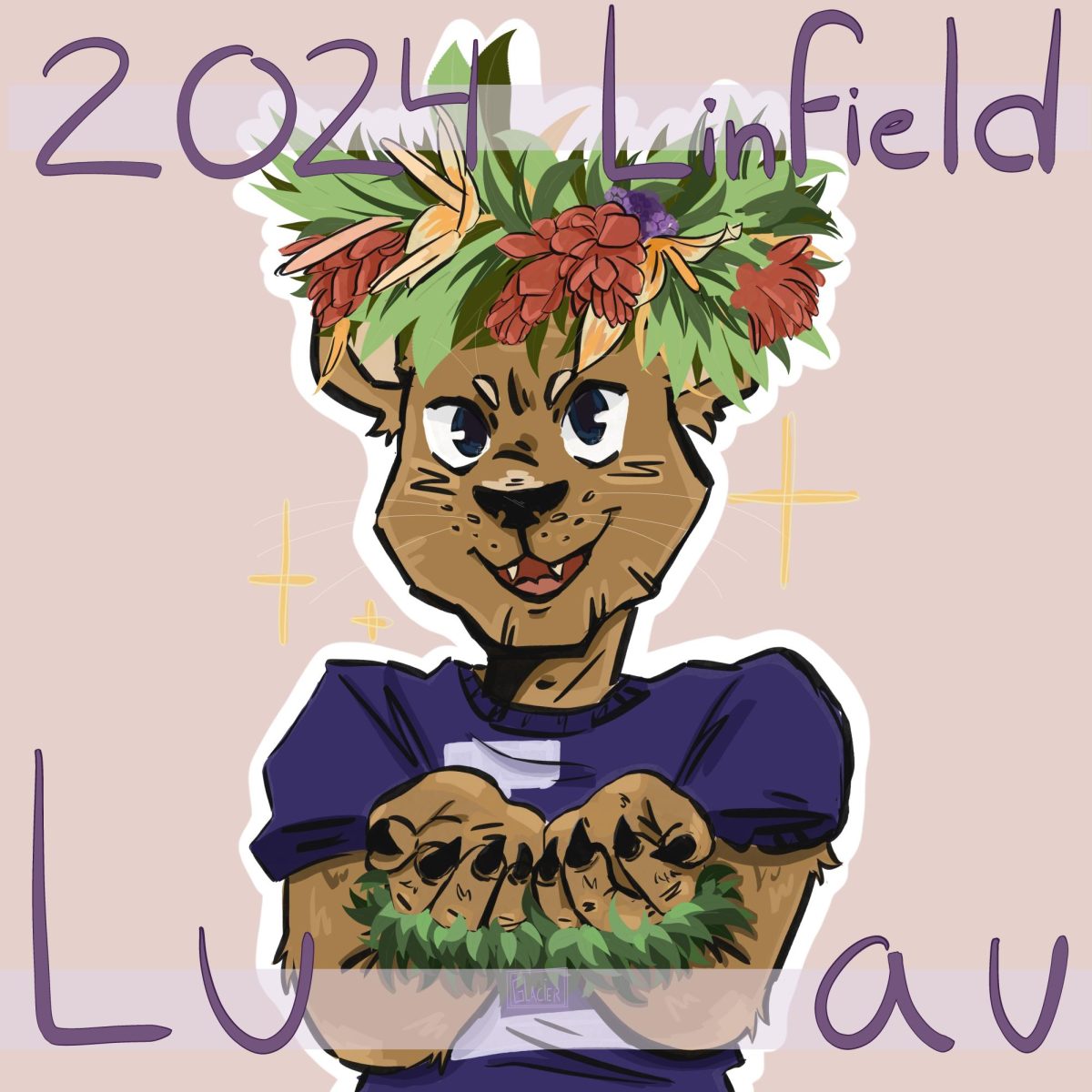An expert in colonial Latin-American history presented a lecture May 12, exploring how the indigenous cultures of Mexico reacted negatively to the major onslaught of disease during the Spanish conquest.
Dr. Kevin Terraciano, professor of history and chair of the Latin American Studies Program at University of California, Los Angeles, gave the 2010 Jonas A. “Steine” Jonasson Endowed Lecture to a crowd of more than 60 people.
“Most studies on the spread of disease beginning in 1520 are focused on the types of disease and how they were spread,” Terraciano said. “But I want to explore what the indigenous people of the time thought the cause and spread of disease was.”
Terraciano used various historical sources
written by Native Americans to illustrate how the people felt about disease and what they thought caused it.
“I’m trying to uncover and showcase indigenous voices from the past,” he said. “It is heavy history, but to understand the magnitude of events, we need to try to weigh into it and try to understand how these people felt and what they thought.”
One source, the Relaciones Geograficas, is a questionnaire that was sent to various parts of central and southern Mexico from King Phillip II during the epidemic of 1576-79.
“I didn’t expect to find or use this source,” Terraciano said. “I just kind of stumbled upon it.”
He presented specific questions from the Relaciones Geograficas and discussed the native people’s answers to the survey, which demonstrated their negative views of Spanish conquest.
“I’ve read hundreds of volumes of responses, and not one respondent said that they were better off than they used to be before the Spaniards came,” Terraciano said. “Most respondents associated the disease they were facing with the arrival of the Spaniards.”
He used the survey to show that many indigenous people thought the ambush of disease was related to the replacement of their old religious traditions with those of the Spaniards.
“Not only did they think they were dying as a punishment from the Spaniards’ god, they thought they were dying from the loss of their old religion,” Terraciano said. “The idea of salvation must have seemed cruel to these people.”
He also said that the natives attributed the epidemics to the drastic change in culture they faced after being put under Spanish control.
“Respondents wrote about how they were forced to eat like the Spaniards, replacing fruits and vegetables with heavy food like meats, which they associated with the sickness they faced,” he said.
Terraciano said that his lecture, titled “The Unspeakable Cocoliztli of Colonial Mexico: How People Talked About Disease in the Age of American Epidemics,” was inspired by the recent swine flu outbreak.
“I saw the hysteria that was caused by just a seasonal flu, and I wondered what people must have been feeling during an epidemic,” Terraciano said. “It was a whole cocktail of diseases introduced in the Americas.”
Terraciano is the author of six award-winning publications and is internationally recognized for his studies in colonial Latin American History. He was also the recipient of the 2001 UCLA Distinguished Teaching Award.
Joanna Peterson
Culture reporter Joanna Peterson can be reached at [email protected]






